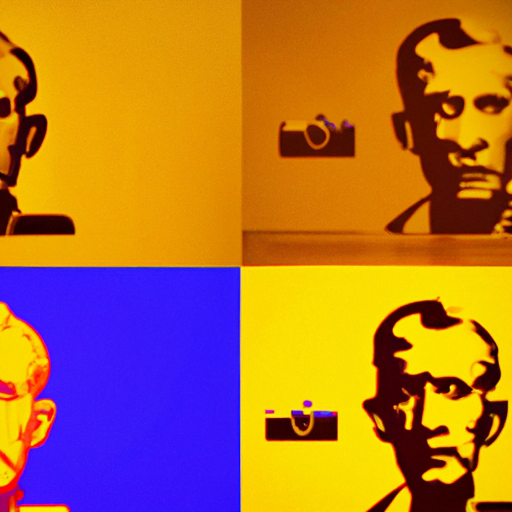
-
Table of Contents
Neville Brody: Revolutionizing Graphic Design

Neville Brody is a renowned British graphic designer, typographer, and art director who has made a significant impact on the field of design. With his innovative approach and rebellious spirit, Brody has challenged traditional design norms and pushed the boundaries of visual communication. This article explores the life, work, and influence of Neville Brody, highlighting his contributions to the world of graphic design.
Early Life and Education
Neville Brody was born on April 23, 1957, in London, England. Growing up in a creative environment, he developed a passion for art and design from an early age. Brody studied at the London College of Printing (now known as the London College of Communication) and graduated with a degree in Graphic Design in 1979.
Breaking the Rules of Typography
One of Neville Brody’s most significant contributions to graphic design is his revolutionary approach to typography. He challenged the traditional rules of typography and introduced a new visual language that was bold, experimental, and unconventional.
Brody’s work in the 1980s, particularly his designs for The Face magazine, brought him international recognition. He combined various typefaces, distorted letterforms, and played with scale and spacing to create visually striking layouts. His designs were often chaotic, energetic, and full of attitude, reflecting the punk and post-punk subcultures of the time.
Brody’s typography work extended beyond print media. He collaborated with musicians, including iconic bands like Cabaret Voltaire and Depeche Mode, creating album covers that became iconic in their own right. His album cover for Depeche Mode’s “Music for the Masses” is a prime example of his bold typographic style.
Designing for the Digital Age
As technology advanced and the digital age emerged, Neville Brody embraced the new possibilities it offered for design. He recognized the potential of digital tools and software in creating dynamic and interactive designs.
In the 1990s, Brody co-founded the design studio Research Studios, which became a pioneer in digital design. He explored the use of typography in digital environments, experimenting with motion graphics, interactive interfaces, and web design. His work on the website for the Tate Modern art gallery in London showcased his ability to create immersive digital experiences.
Brody’s forward-thinking approach to design and his willingness to embrace new technologies have made him a leading figure in the digital design landscape.
Influence and Legacy
Neville Brody’s influence on graphic design extends far beyond his own body of work. His rebellious and experimental approach has inspired countless designers and shaped the visual language of contemporary design.
Brody’s impact can be seen in the work of designers who have adopted his bold typographic style and willingness to challenge conventions. His influence is particularly evident in the field of editorial design, where designers continue to push the boundaries of typography and layout.
Furthermore, Brody’s emphasis on the importance of context and meaning in design has had a lasting impact. He believes that design should not only be visually appealing but also communicate a message effectively. This philosophy has influenced designers to consider the purpose and impact of their work, leading to more thoughtful and meaningful design solutions.
Key Takeaways
- Neville Brody revolutionized graphic design with his rebellious and experimental approach.
- He challenged traditional typography rules and introduced a bold and unconventional visual language.
- Brody embraced digital design and explored the possibilities of new technologies.
- His influence can be seen in contemporary design, particularly in editorial design.
- Brody’s emphasis on context and meaning has led to more thoughtful and meaningful design solutions.
Conclusion
Neville Brody’s impact on graphic design cannot be overstated. Through his innovative typography, embrace of digital design, and emphasis on context and meaning, he has reshaped the field and inspired generations of designers. Brody’s rebellious spirit and willingness to challenge conventions continue to push the boundaries of visual communication. As the design industry evolves, his contributions will undoubtedly remain influential, reminding us to think outside the box and push the limits of creativity.
